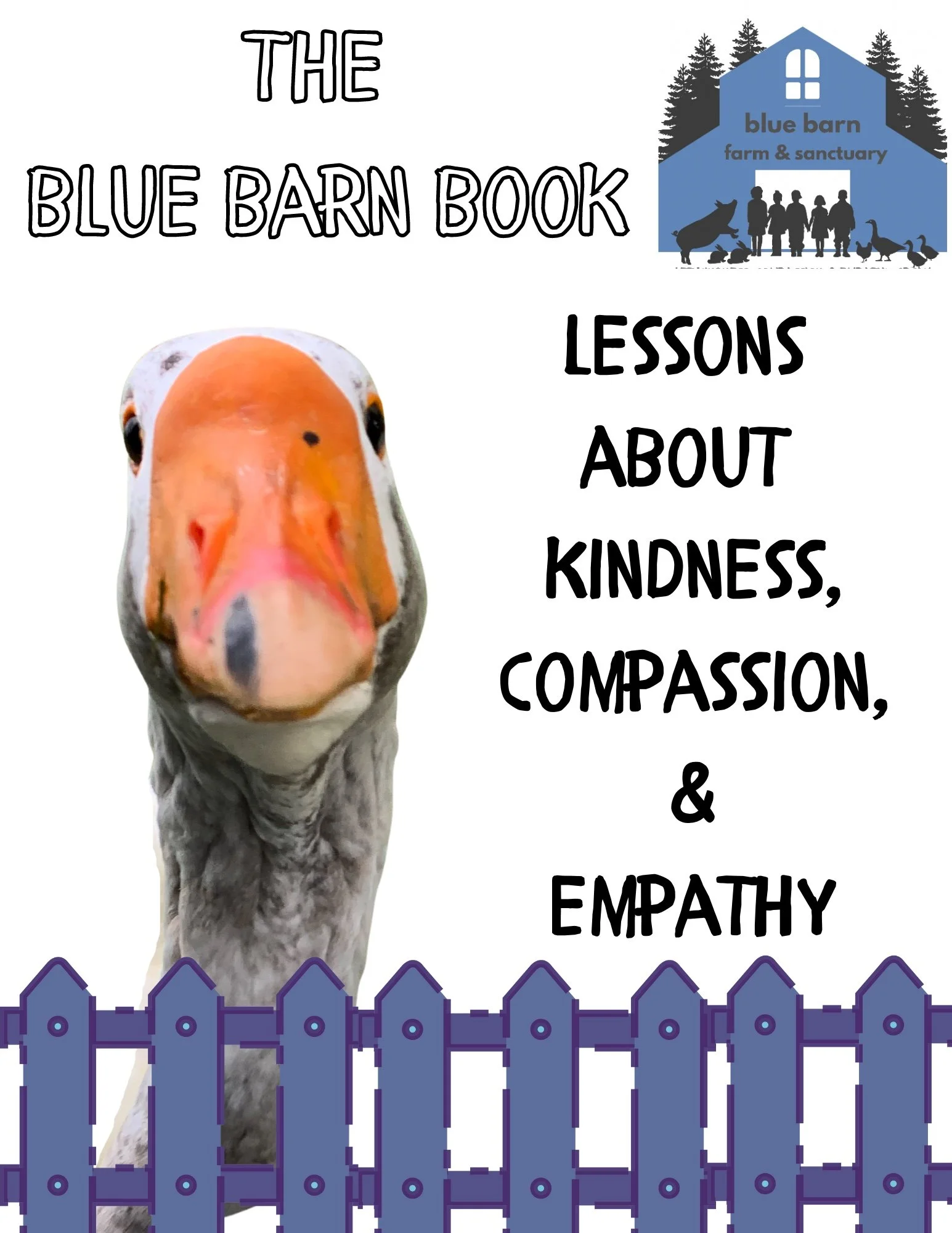The blue barn book
Want to learn about Kindness, Compassion and Empathy from Tony and his friends??
Click the Button Below!
We Can All Be Role Models for our Children…
We’ll be the first to agree, being a parent is quite the endeavor under normal circumstances and these days, the challenge has seemed to have grown exponentially. We’re in no position to direct anyone how to parent, but we do believe in the adage, “It takes a village to raise a child.” With this in mind, we offer some resources that may help in teaching kindness, compassion and empathy to children.
How can I teach kindness, compassion and empathy to kids?
Miss Nelly Rose is a HUGE Todd Parr fan. She thinks he really gets the Kindness thing…
Read
Multiple studies show that the act of reading can, in fact, enhance empathy in children. When reading with your child, ask these questions to encourage them to take another’s perspective:
What if? What if….that happened to you, what would you do, what would you say?
Ask, “How would you feel?” Ask your child if they have experienced something that the character of the story is going through…How did that experience make them feel?
Ask them to think about “you” instead of “me”- How does the character feel? What do THEY need? How does this affect them?
While reading any book can be beneficial to a child, we have some favorites we’d love to share! Please check back as we’ll be adding to our list as we find stories we love (and that the kiddos love too!!)
BLUE BARN LIBRARY PICKS
How Kind! by Mary Murphy
My Many Colored Days by Dr Seuss
I Am Human by Susan Verde
It’s Okay to Be Different by Todd Parr
The Kindness Book by Todd Parr
The Thankful Book by Todd Parr
The Feel Good Book by Todd Parr
If you haven’t guessed it, we love Todd Parr- give him a look…
Little Joe Chickapig- A Story About Following Your Dreams by Brian Calhoun
Stick and Stone by Beth Ferry
Grumpy Monkey by Suzanne Lang
If You Plant a Seed by Kadir Nelson
Each Kindness by Jacqueline Woodson
The Invisible Boy by Trudy Ludwig
If we lead, they will follow…
2. Role model
Children are always watching so if we set the example, teaching kindness and being empathetic ourselves, this is what they will learn.
We highly recommend reading “5 Tips for Cultivating Empathy” from the Making Caring Common Project of the Harvard Graduate School of Education.
Here are the highlights:
1. Empathize with your child and model empathy for others
2. Make caring for others a priority and set high ethical expectations.
3. Provide opportunities for children to practice empathy.
4. Expand your child's circle of concern.
5. Help children develop self-control and manage feelings effectively.
3. Foster relationships with animals
Just as we teach here at the Blue Barn, studies show that fostering relationships between children and animals can be incredibly beneficial. Children are naturally “drawn to animals and they provide a non-judgemental way of learning”(Komorosky & O’Neal, 2015). Animals do not judge us. They give us comfort. Animals, while so different from us in appearance, can be so very similar in personality, demeanor and intelligence. Here at the Blue Barn, we will help kids and all visitors learn about the animals and see the similarities they hold with human beings- that they are, indeed, sentient beings. We will tell their stories and give others the opportunity to feel what they’ve been through and see who they can become. And if they can feel empathy toward an animal, there is research to support that this experience can actually transfer to human beings (Komorosky & O’Neal, 2015).
Whether your child sees animals in nature, cares for a pet in the home or visits them at a shelter or sanctuary, these relationships can add value to their development. And if nurtured appropriately, both child and animal can benefit and flourish.
Want more resources? Here are some websites we like…
HEART - Humane Education Advocates Reaching Teachers is the organization that turned us on to Humane Education and they still inspire us every day.
Click HERE to see some of their virtual resources for both parents and teachers!
more to come….





